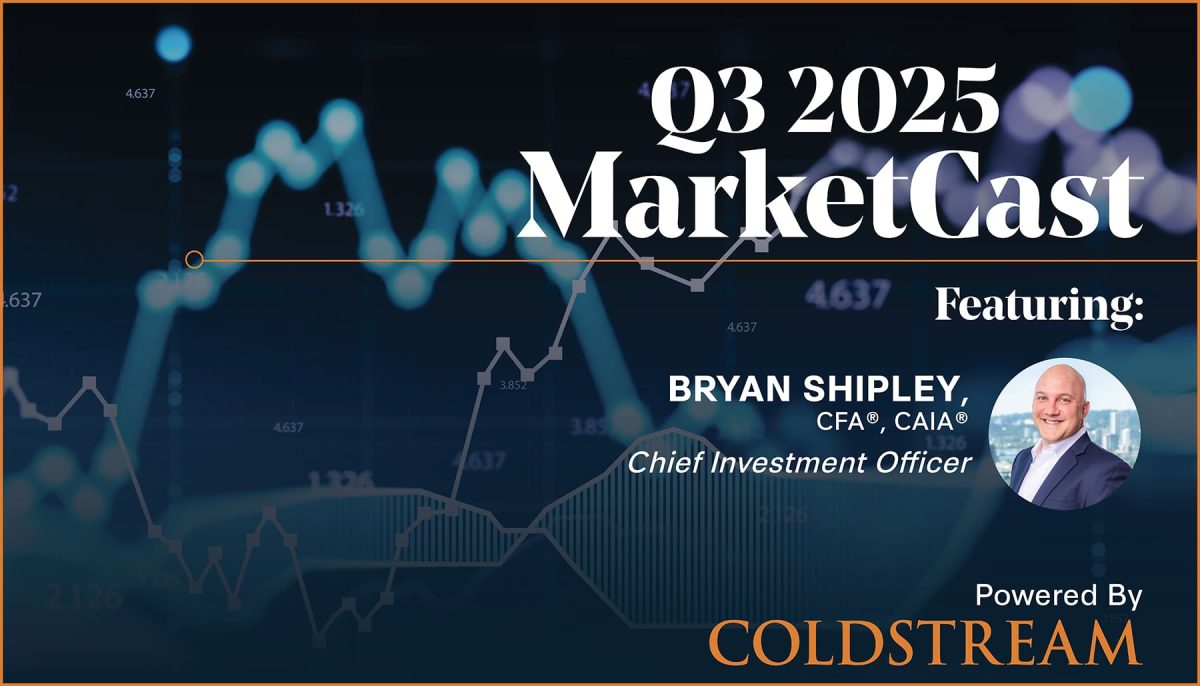
Insights
April 12, 2013
Market Update and Outlook – 2Q 2013
In Market Commentary
In every life we have some trouble
When you worry you make it double
Don’t worry, be happy…..
– Bobby McFerrin 1988
While all of the problems the market has been worrying about for the last few years have not been solved, it seems that “the can was kicked down road” enough this quarter for investors to adopt the attitude of Bobby McFerrin. Stock market investors seem to prefer environments where the politicians in Washington “can do no harm”. Early in the first quarter clashes over the debt ceiling and spending cuts were deferred until later in the year and a compromise was reached over tax increases, turning the “fiscal cliff” into more of a “fiscal slope”. With worries about fiscal policy on the backburner, the continued pumping of liquidity into the economy through the Federal Reserve’s quantitative easing program and reasonable domestic economic growth, the stage was set for a market rally. The S&P 500 continued its pattern of the three previous years with a very strong first quarter rising 10.6%. Small Cap U.S. stocks, as measured by the Russell 2000 index, also advanced 12.4%.
With the rest of the developed world joining the Fed in the money printing game it would have seemed like the conditions were ripe for a “risk on” rally across the world’s markets. However, strength in U.S. markets were not matched by international stocks with the MSCI EAFE index rising 5.1% or emerging markets where the MSCI EM index fell by 2.1%. Commodity prices also fell in the first quarter with the Dow Jones UBS commodity index falling 1.1%. Even with all of the global money printing, there is a finite supply of investment capital and often the money moving into a market driving prices higher is coming from another market creating weakness. Some of the areas of recent weakness that seem to be a source of funds for the rally in US stocks are commodities, including gold, emerging markets particularly China and even the stock of Apple computer.
The U.S. economy continued to show signs of strength in the first quarter. House prices, sales and housing starts are continuing to improve nationally and retail sales are hitting new all-time highs. Consumers’ debt servicing levels are the lowest levels they have been at in more than a decade and corporate balance sheets are strong and corporate earnings are at all-time highs. While Europe continues to experience weak economic growth, the monetary backstop of the European Central Bank has, for now, calmed market fears of a European financial crisis. However, their problems are far from solved and the continued fiscal imbalance in the US is a problem to be reckoned with. At some point the US Federal Reserve will need to curtail their quantitative easing and increase interest rates.
Many investors have been expecting a market correction with US stocks now back at their all-time high levels experienced in March of 2000 and October of 2007. While a short term pullback at some point would not be surprising we think it is important to point out that unlike the previous highs experienced in 2000 and 2007 stocks don’t appear to have gotten overvalued. The forward price to earnings multiple on the S&P 500 is much lower than at these previous highs and is in line with average market valuations. Unlike past highs interest rates are much lower, earnings are at record highs and corporate debt service is at a low.
As investment advisors we want to have client portfolios not only well positioned for the current environment but also the future risks. Although we feel the Fed is committed to leaving interest rates low for a long time and current measured inflation is modest, we believe it makes sense to be globally diversified and have exposure for clients to areas that can perform well in an inflationary environment. We believe the potential return/risk tradeoff in longer maturity bonds is unattractive and expect better relative performance in US stocks. With traditional fixed income yields at historically low levels we continue to keep bond portfolio maturities fairly short and believe that above average dividend yielding US stocks and a variety of alternative yield investments look attractive.
Randall Buck, CFA®
Partner & Portfolio Manager
Insights Tags
Related Articles

July 11, 2025
The Return of Diversification


July 10, 2025
Watch Coldstream’s MarketCast for Third Quarter 2025


June 24, 2025
Managing Increased Uncertainty in the Middle East


